What is Puerto Rican Food?
Many food writers are quick to make the claim that the cuisine of New Orleans is our nation’s only uniquely American fare. For those who support this claim, I wonder if they remember, at all, that Puerto Rico is part of the United States. This is not, in any way, a shot at my beloved Big Easy. But rather, it’s meant to be an inquiry as to what it means to be American, what it means to be Puerto Rican, and what we consider to be American comfort foods.
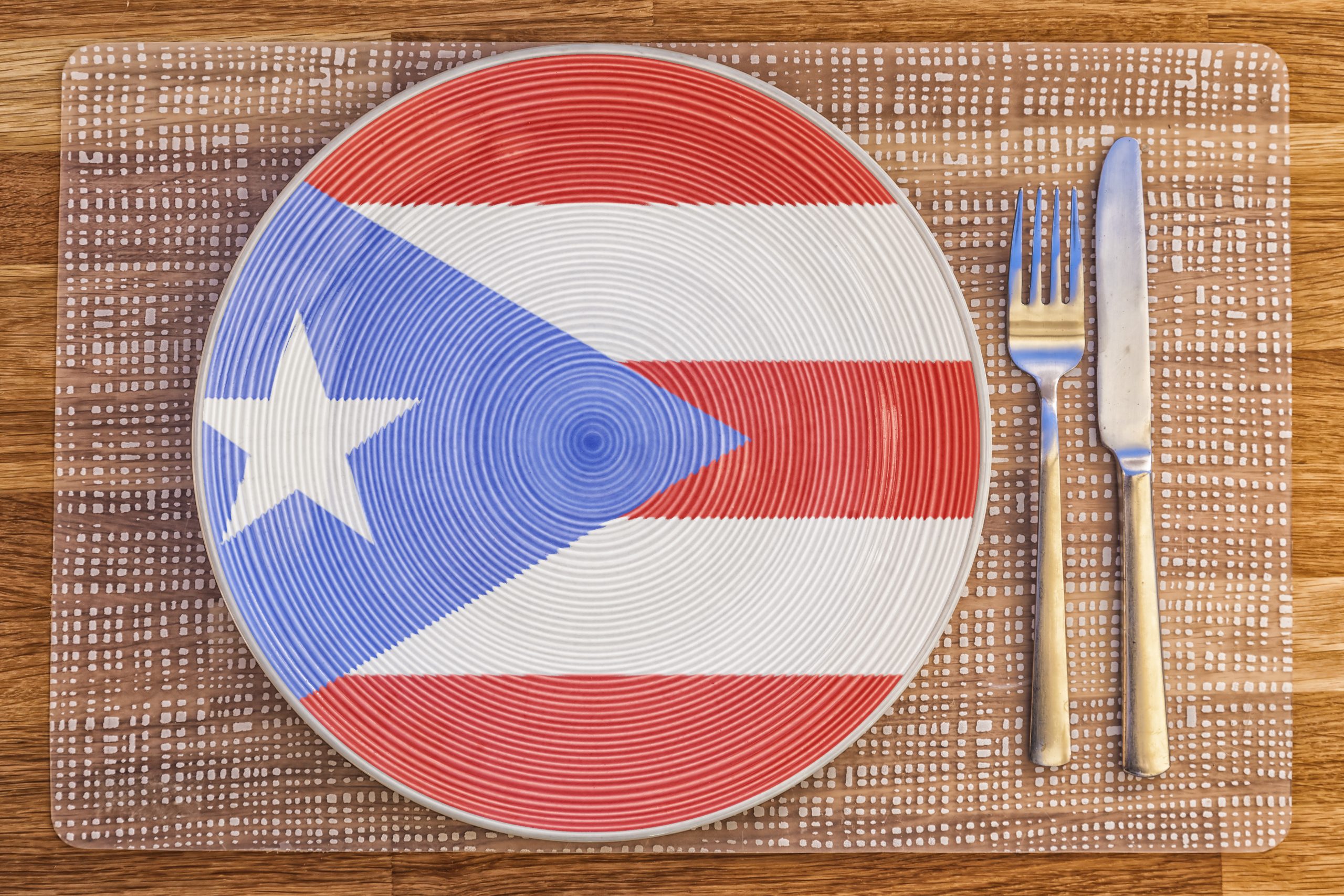
Puerto Rico has its own language (Spanish), governor, and culture. It is, as Lin Manuel Miranda says best, “a not quite nation.” As a matter of fact, the tiny island is a territory of the United States. The most important thing to know, while Puerto Rico is not a state, its inhabitants ARE United States citizens. So the next time you see an old man yelling, “go back to your own country” at an innocent bystander wearing a Puerto Rican flag shirt – speak to him like the ignorant asshole that he so clearly is.
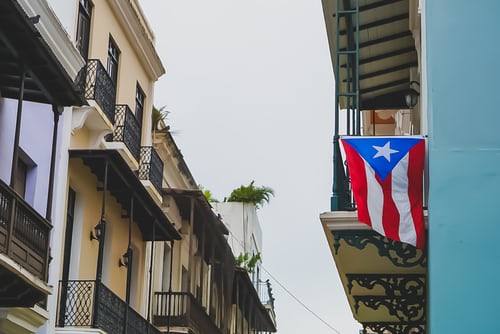
To me, experiencing the food of Puerto Rico meant synthesizing the two cultures. On one hand the ingredients of many Puerto Rican dishes, such as coconut and plantain, make those dishes decidedly Caribbean. However, the creation of these dishes, the ingenuity and resourcefulness behind the plates, could not be any more similar to typical American comfort foods. So, what is Puerto Rican cuisine anyway? In this article, I do my best to present my findings as an outsider to the culture.
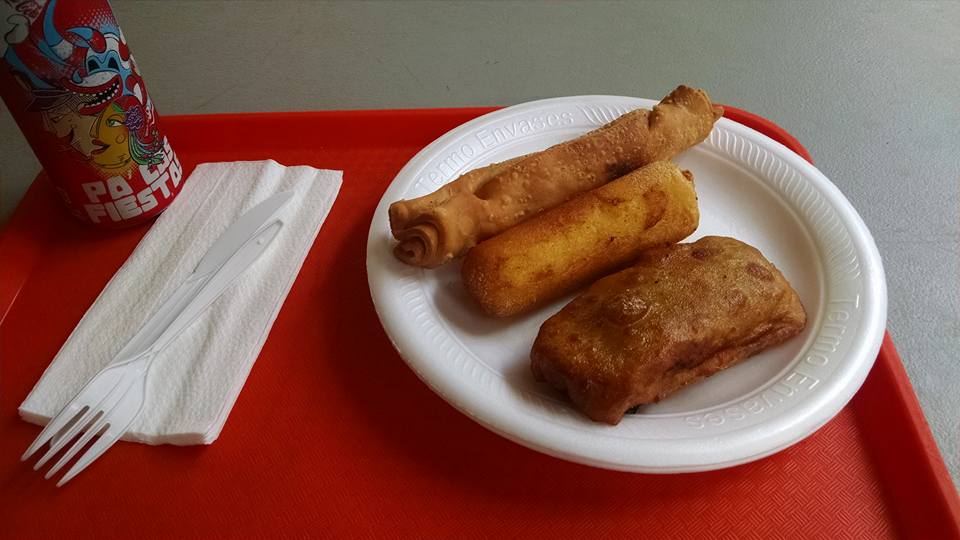
Mofongo Love Affair.
To have lived your life, even to the ripe old age of 100, and have never had mofongo, is to not have lived at all. Keeping with food themes, and to use a metaphor, I am mayonnaise on white bread. So I cannot tell you what makes the best mofongo, or even a good mofongo. I only know that I love it fiercely. AS I UNDERSTAND, me, a piece of white-bread personified, mofongo is: fried mashed plantains mixed with salt, garlic, olive oil and sometimes broth, and it’s shape comes from being pounded into a mortar by a pestle. Often it’s coupled with some form of protein, say shrimp, or shredded meat is thrown in the mix.
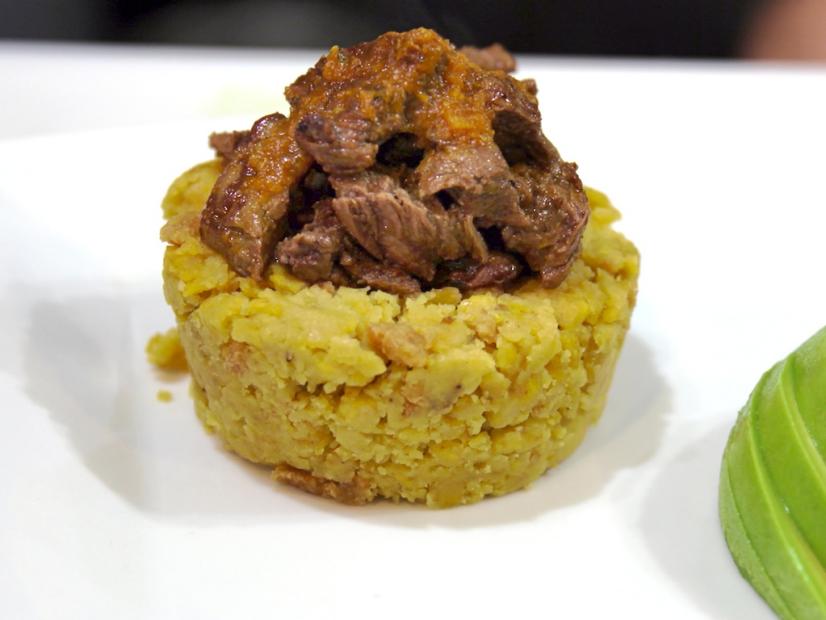
My first bite of mofongo made my knees weak.
Although the portion was gigantic, my only thought was, “I never want this to end.” I felt euphoric. I felt emotional. Also, I felt betrayed. How had I made it to my mid 20’s, lived in New York, and never tried this before? We tend to think our guardian angels look like us, and come from a similar background. However, I really think my guardian angel is a Puerto Rican abuela. She protected me from all sub-par versions of mofongo my whole life, saying, “Baby girl. You have to wait until you get to Puerto Rico – the home of mofongo, because eating mofongo for the first time is like losing your virginity. All of the conditions should be perfect for your first time.”
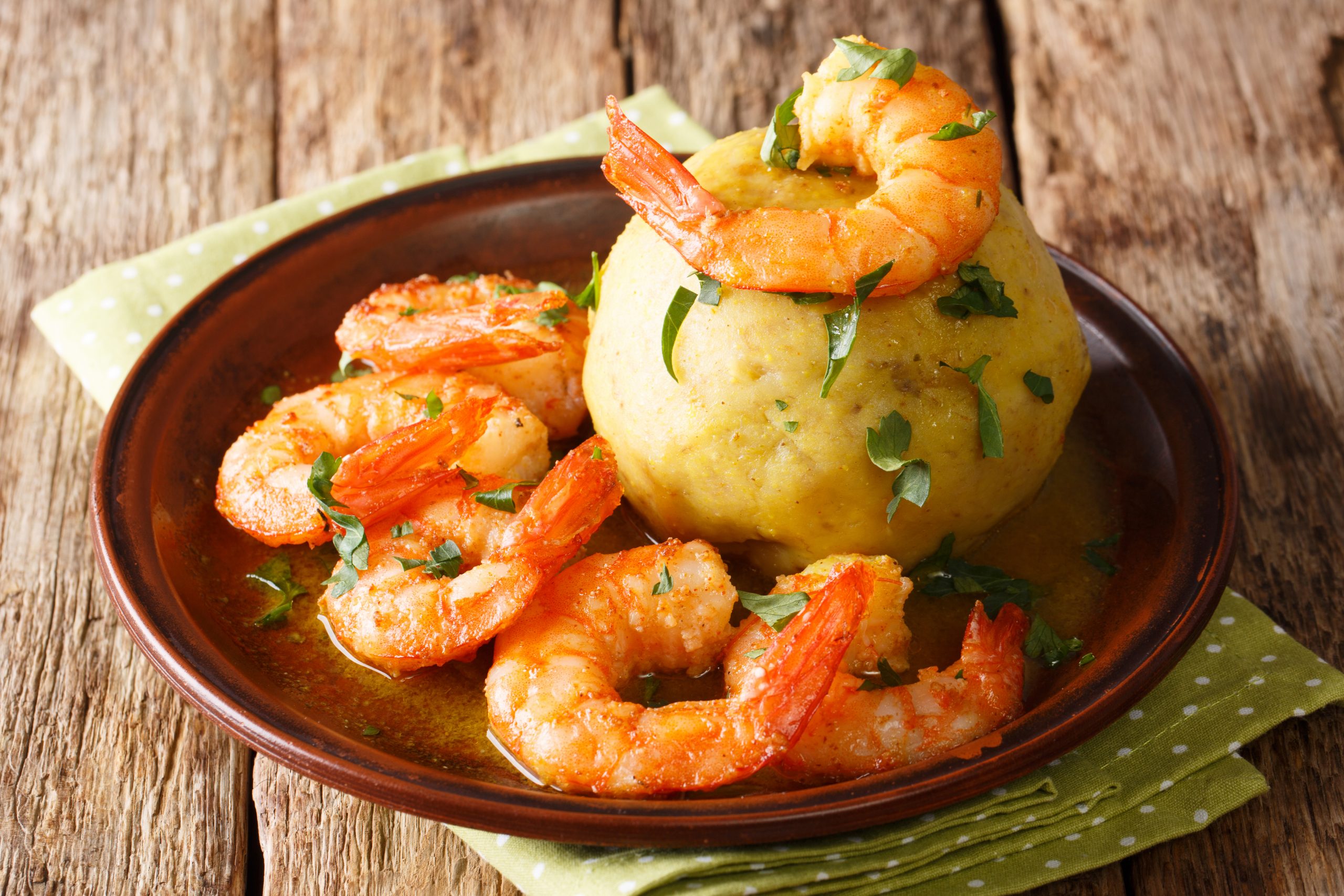
Courtesy: Shutterstock
I remember garlic. A fuck ton of garlic. As an Italian, game recognize game. Any culture that cooks with that much garlic gets immediate applause. Beyond a truckload of garlic, mofongo has a greasy and starchy consistency that is way heartier and flavorful than even the best mashed potatoes. In addition, treasure troves of perfectly grilled and juicy shrimp were baked into the mountain of Caribbean gold.
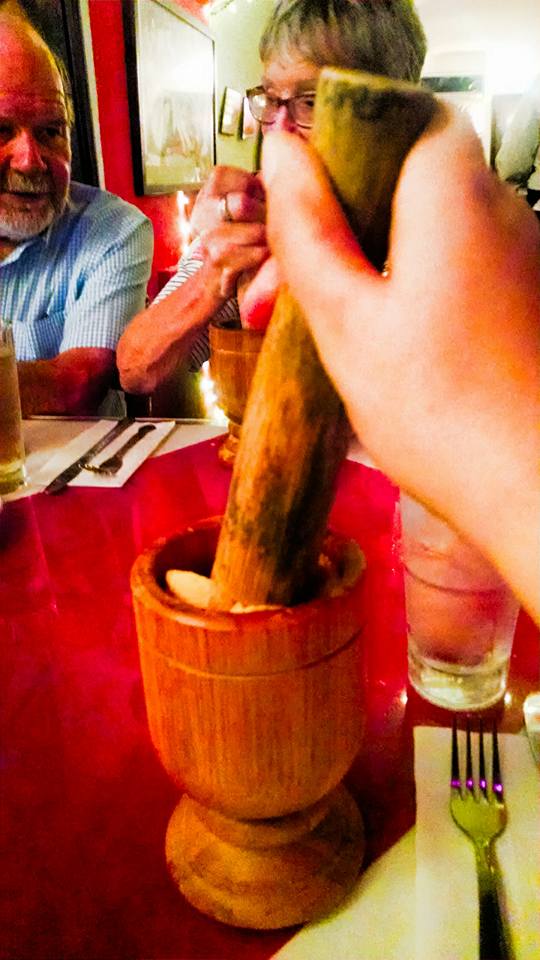
La Princesa Gastropub
For the most interesting display of how history influences gastronomy, you really need to look closely at La Princessa Gastropub.
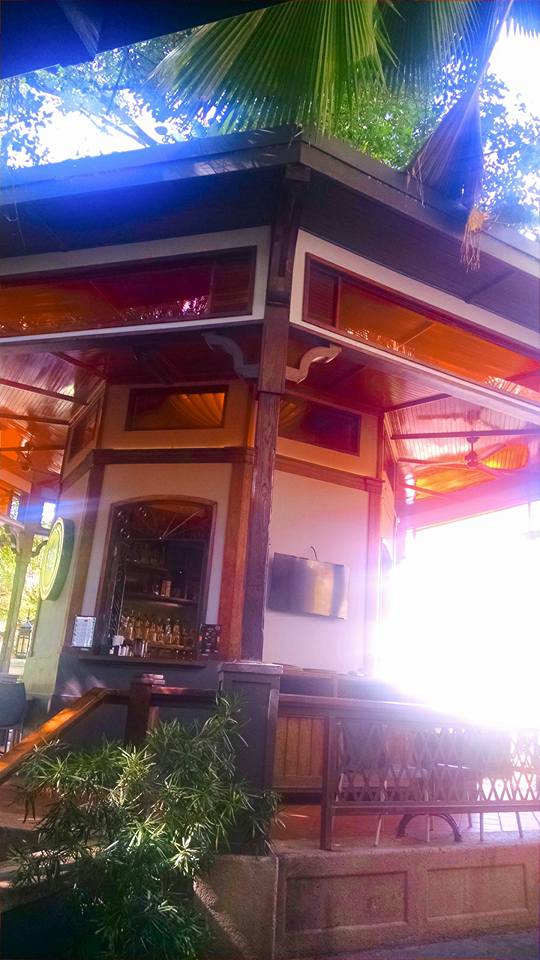
This place is the single most impressive eatery that I dined in during our trip to the island.
The recipes are inspired by old cookbooks that the proprietors found. The books consisted of recipes of Puerto Rican cuisine between 1859 and 1950. While many establishments pride themselves on staying true to the culture of their cuisine, I’ve not seen many who pride themselves on allowing history to influence the creation of their dishes.
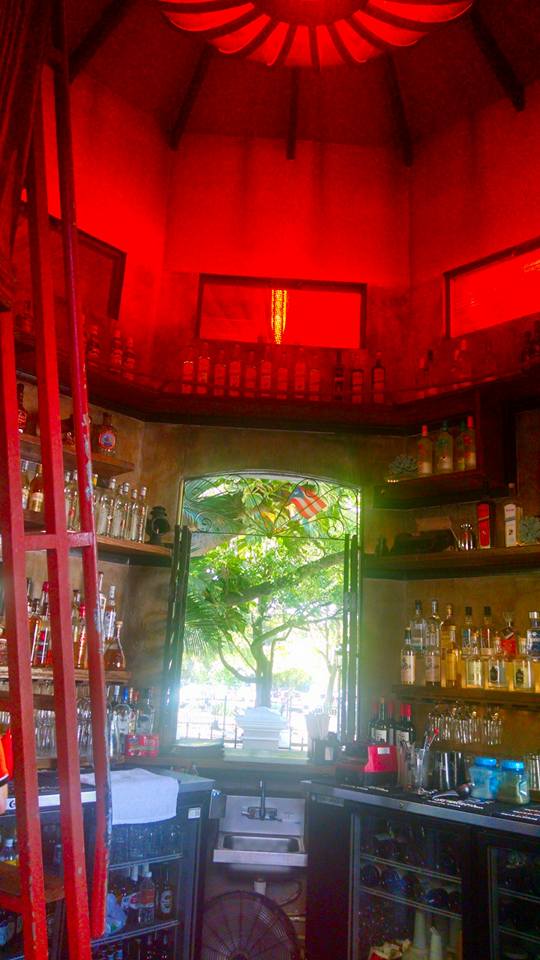
One of the biggest ways that Puerto Rico generates money is through the sale of rum. Considering such, the bar at La Princessa has created a unique sales tactic. You tell them what you typically enjoy drinking (tequila, vodka, etc) and they will find you a rum from their bar which tastes strikingly similar.
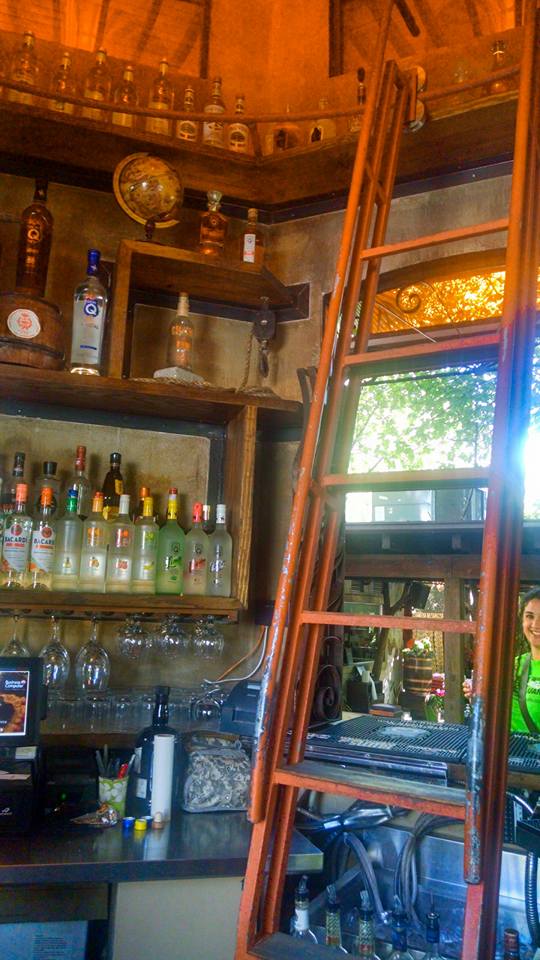
La Princessa is a getaway in and of itself. Sit among numerous vibrant green trees which sway in the wind and beneath twinkling white lights as you sip on frozen drinks, as the warm breeze blows through your hair. Sitting in this gastropub is a reminder that life is sometimes really good.
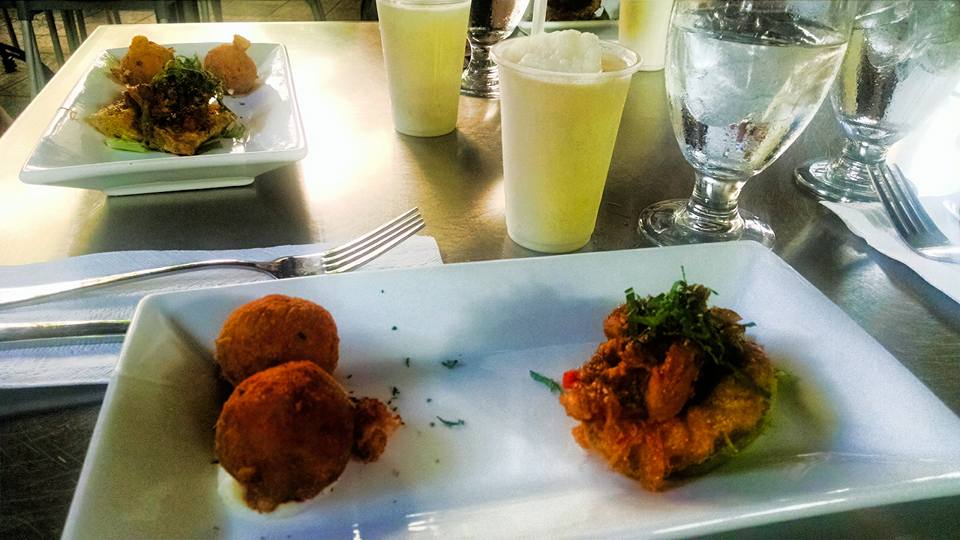
Pina Coladas and Pork
I love a good tourist trap. Seasoned travelers go running in the opposite direction, and I go walking toward it with stupid joy.
The Barrachina. Allegedly home of the first pina colada ever created.
I take a seat in the brightly colored, tropical, breezy courtyard. I put in our order with all of the overconfidence of someone who took Spanish in 8th grade AND who used Duolingo for a few days. “Dos pina coladas…por favor. Gracias.” Shortly, two slender vases of sweetness arrive, with a rum floater on top. I wasn’t expecting a brownish color, but what the hell did I know? I wasn’t Don Ramon Portas Mingot in 1963. The neon red maraschino cherry and little umbrella brought much needed color, and perhaps, corny, fun nostalgia to the drink. Rich, creamy, fruity and filling – this drink felt like an entire meal unto itself.
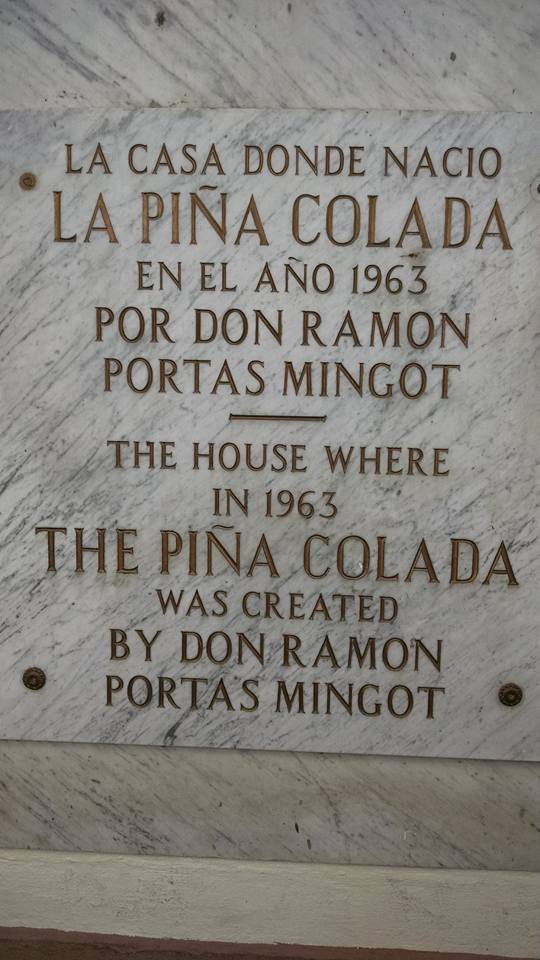
This was our last day in San Juan. That meant this was my last day of eating in San Juan. I had one item left on my list to try…lechon asado. Tender, whole roasted pig (or piglet) with crispy skin. Don’t you dare gawk at “piglet” and take on a holier than thou attitude. Look at the whole cast of Winnie the Pooh, and tell me Piglet isn’t the first character you would eat if given the chance.
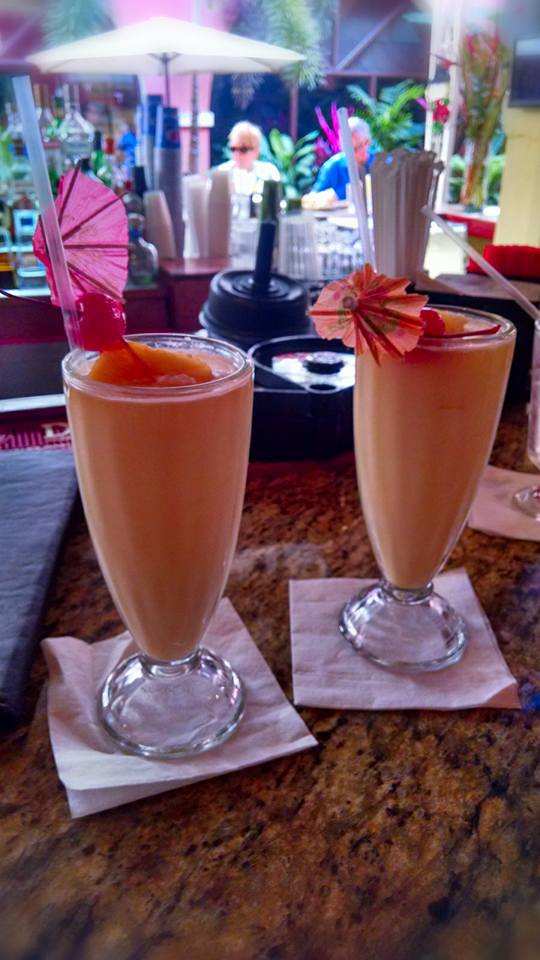
I started to ask around in both English and Spanish where I might find lechon asado. First I asked the staff, but no one knew. Then I asked the Spanish speaking folks around me, there was only mass confusion. Nobody had any idea what I was talking about. They all acted as if I were asking where to find “crispy Christopher Robin” rather than “crispy piglet.” A few people told me I could only find lechon asado in the countryside. “I DON’T HAVE TIME TO GET TO THE COUNTRYSIDE!” I yelled, probably drunkenly.
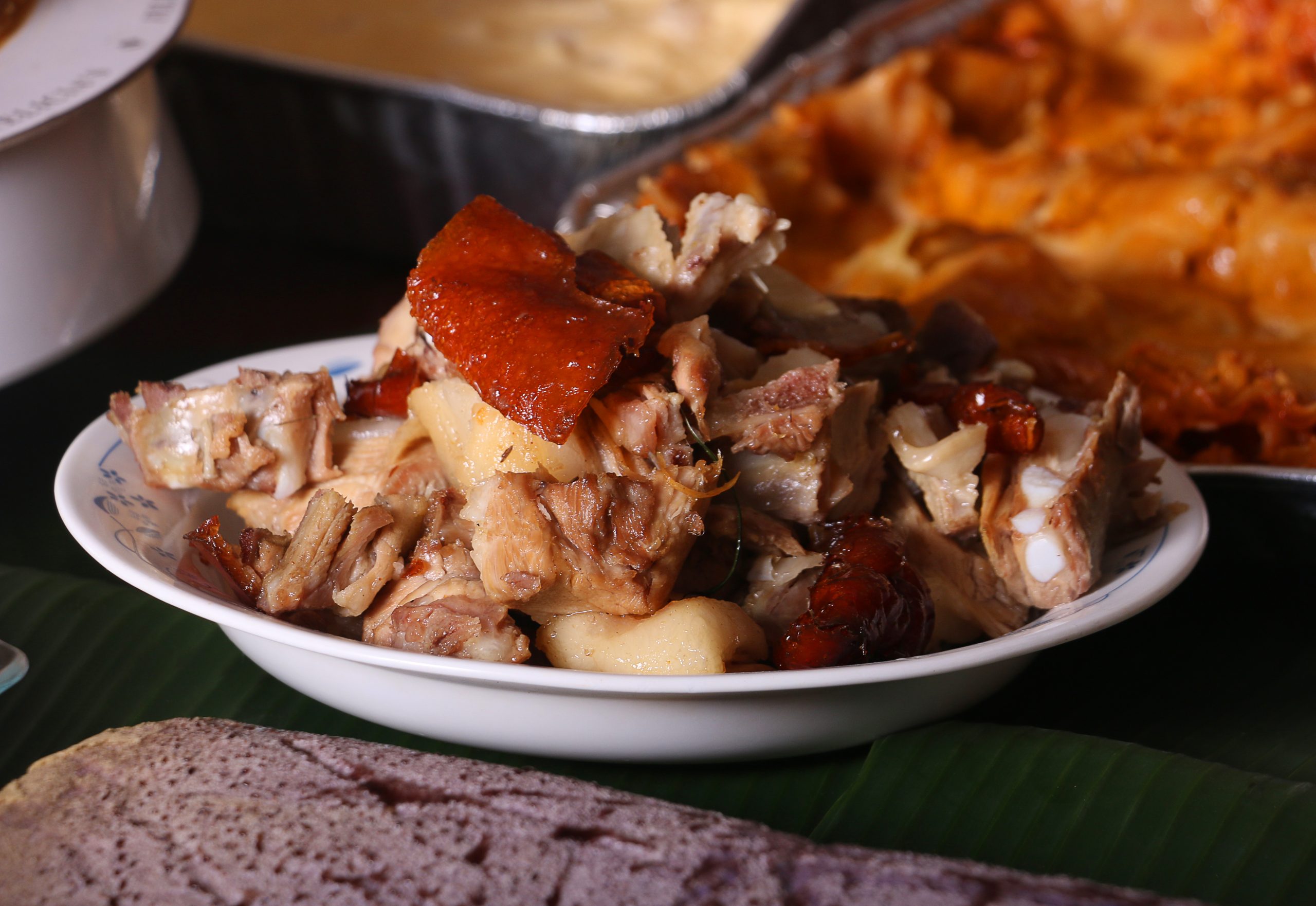
Courtesy: Shutterstock
A man in a baseball cap tapped me on the back. “I can help you find what you’re looking for.”
He said it in a tone that implied that I was looking for “lechon asado with a kilo of cocaine hidden inside.” At this point I didn’t mind sitting in a Puerto Rican jail cell, permitting I got my lechon asado beforehand.
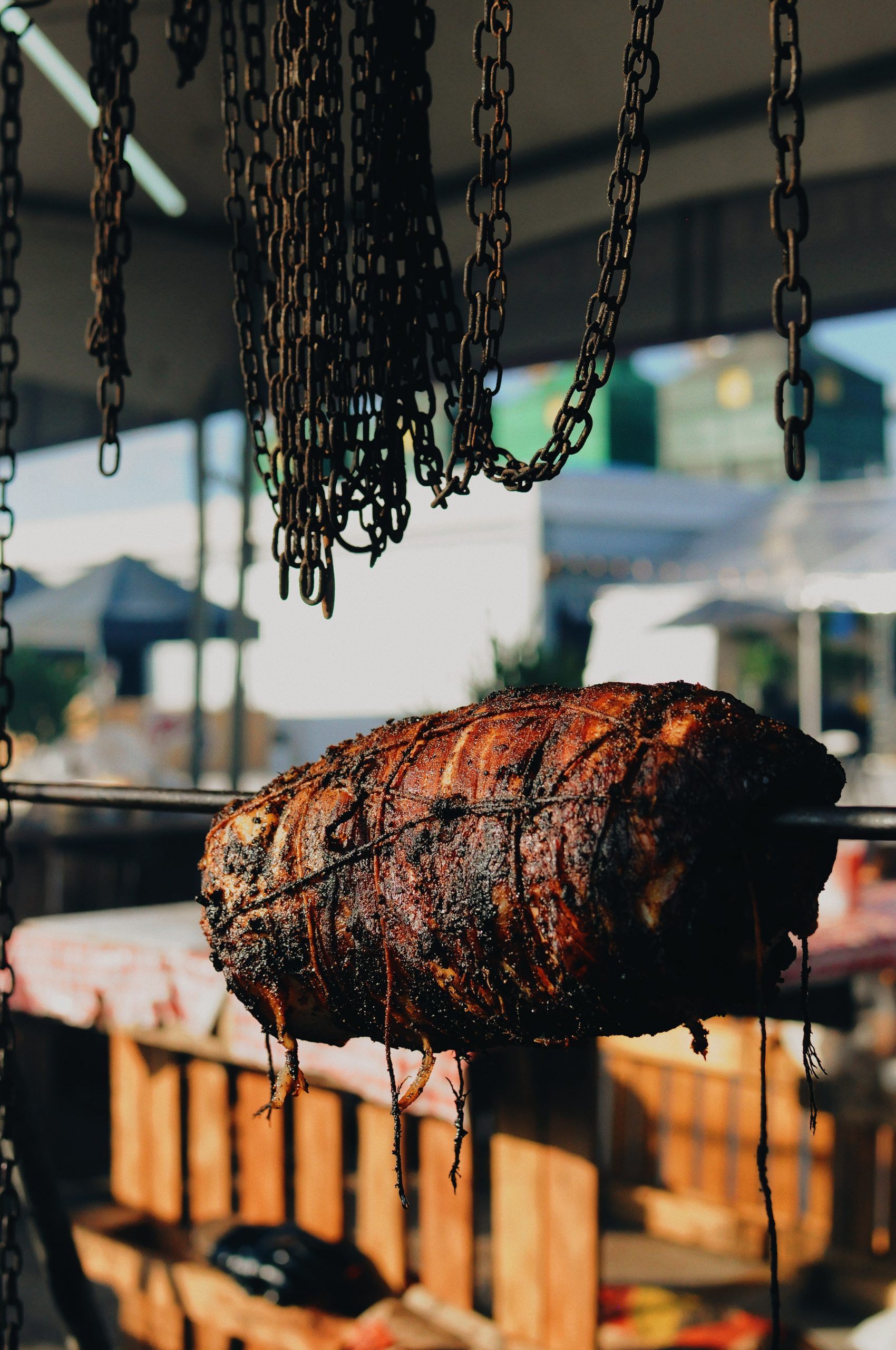
The mystery man gave us the name and address of a restaurant that served lechon asado. To be sure, it would be a far walk. One that we would have to take considering cabs are super expensive. In the blazing heat, sporting a pair of shoes that rubbed against my heels and cut my feet up, with a full bladder and no restroom in sight, we trudged toward pork.
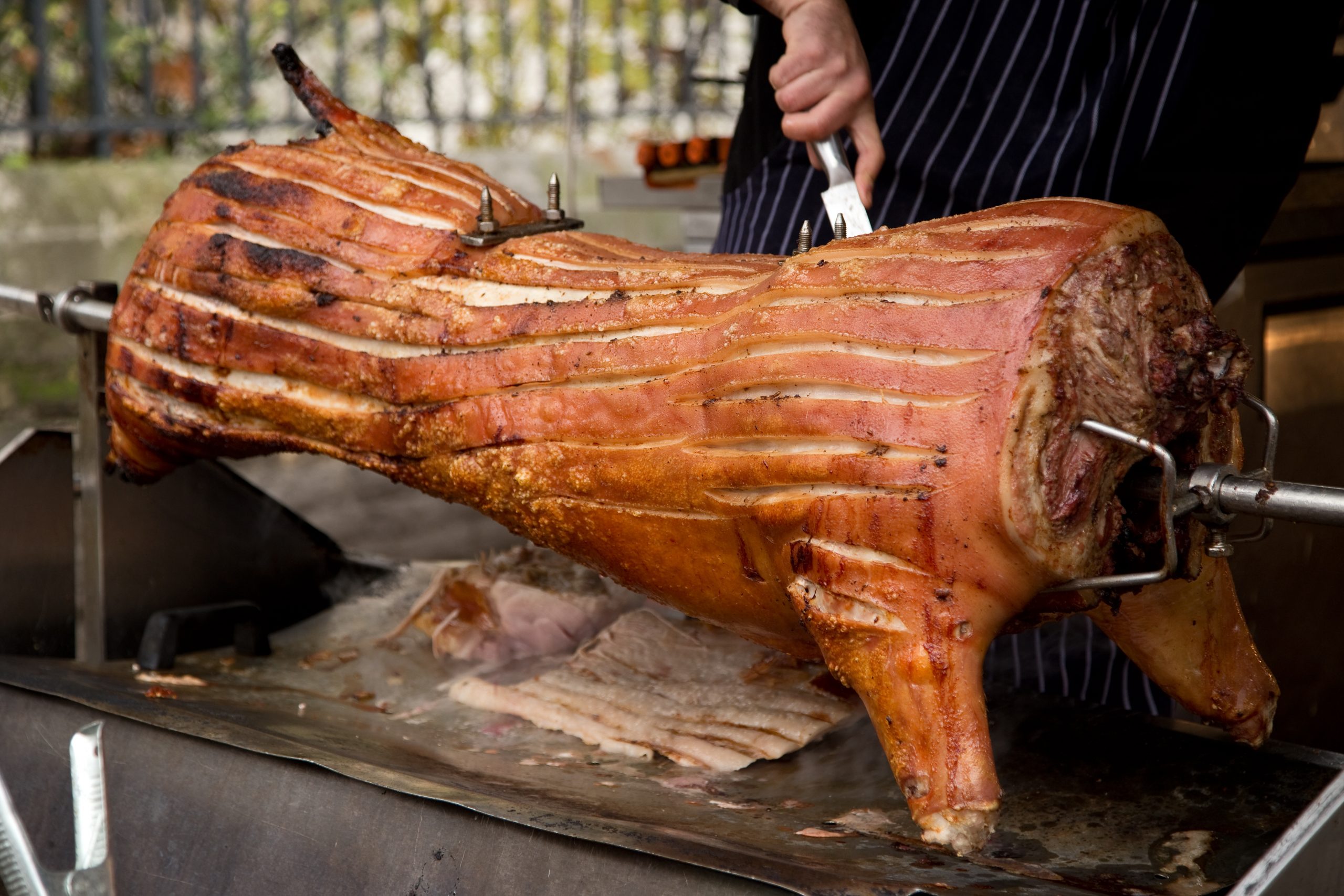
What felt like hours later, we arrived at the shining beacon of fat, only to find that it was closed. So, after a long and arduous journey, I still have not tried lechon asado. I was so frustrated and disappointed that I broke into tears in the middle of the street. My feet felt like they were stabbed repeatedly, and I couldn’t find a restroom. I would have to board the plane porkless.
Know of anywhere in or near New York City? Let me know in the comments!
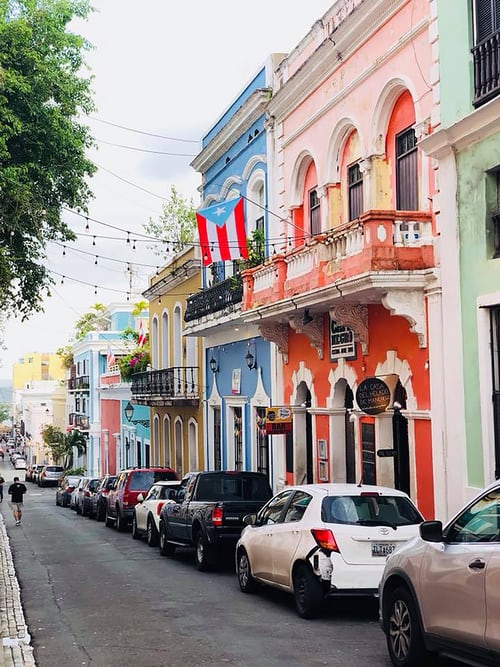
Quesitos and Coffee
Are quesitos breakfast? Dessert? Snacks? The answer is yes to all. Quesitos go something like this. Imagine a soft, billowing, sweet cream cheese mixed with a fruity, tangy, guava jam wrapped inside of a light, crispy, pastry dough, sprinkled with crystallized sugar which crunches in your mouth as you bite down.
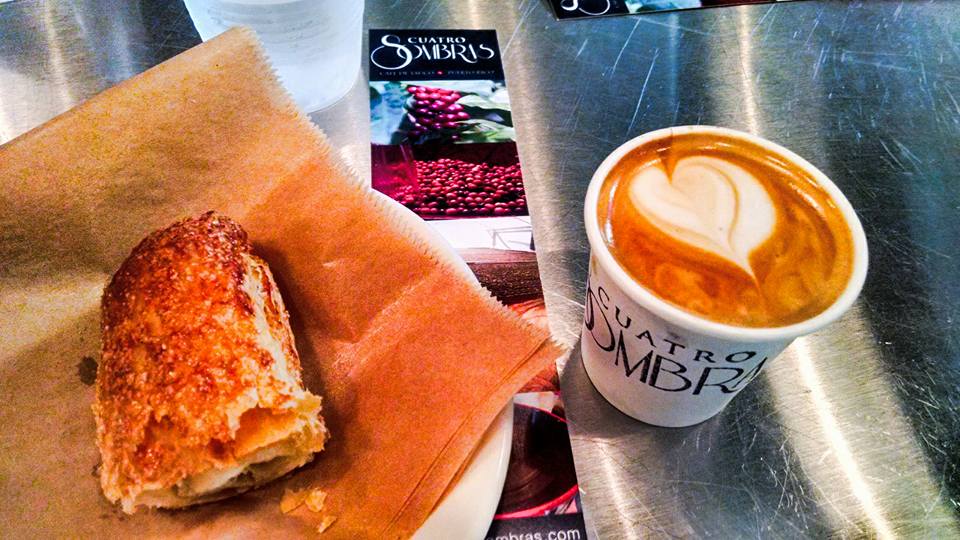
I think the only moment that surpasses my first bite of a quesito con guava, is how I came to learn about the beloved pastry.
A tall, spectacle wearing tour guide collected us from our hotel early in the morning for a trip to El Yunque National Park. From the get-go he was eager to make conversation. His love of all things Puerto Rico flowed out of his mouth, a flood of beaming words about his beloved island filled our vehicle. At some point during our tour he asked us if we should stop and grab breakfast. After his explanation of a quesito, and a very long history of it as well, we decided to make the stop at a local bakery and grab a few.
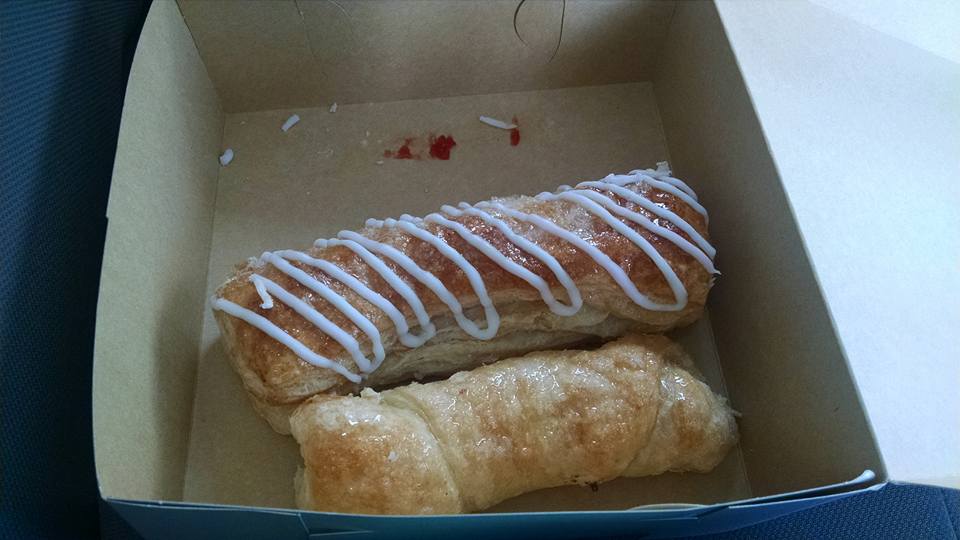
The overt shock on his face when we asked how many quesitos he would like is etched into my memory. He could not contain his excitement even a little bit. Even more deeply ingrained is the radiant smile which spread across his face as he indulged in his quesito con guava. “I used to eat these with my mother all of the time. You know, she used to make these.” Such a simple, honest recollection with an earnest pang of nostalgia in his eyes said so much. I surmised that she was no longer around. By sharing a box of these pastries together, we tore down any pretentious curtain of tour guide/patron and instead became friends.

What Is Puerto Rican Cuisine? (Refrain)
I chose these three snapshots of my culinary exploits in Puerto Rico because I think they exemplify perfectly what I was able to learn about the food of the island. The cuisine tends to be rich in flavor, but also, rich in tradition, history and memory. In many nations across the world chefs continuously look forward. Chefs try to create something that has never been done before. During my time in Puerto Rico I found the sentiment to largely be that of, “how can you possibly progress past what is already perfection?” Without a doubt, there is a pride in cooking traditional local dishes. As a result Puerto Rican people, from what I could see, never have to look far to find the comfort foods from their growing up. And just like all American comfort foods, those dishes almost never lack in quality or consistency.
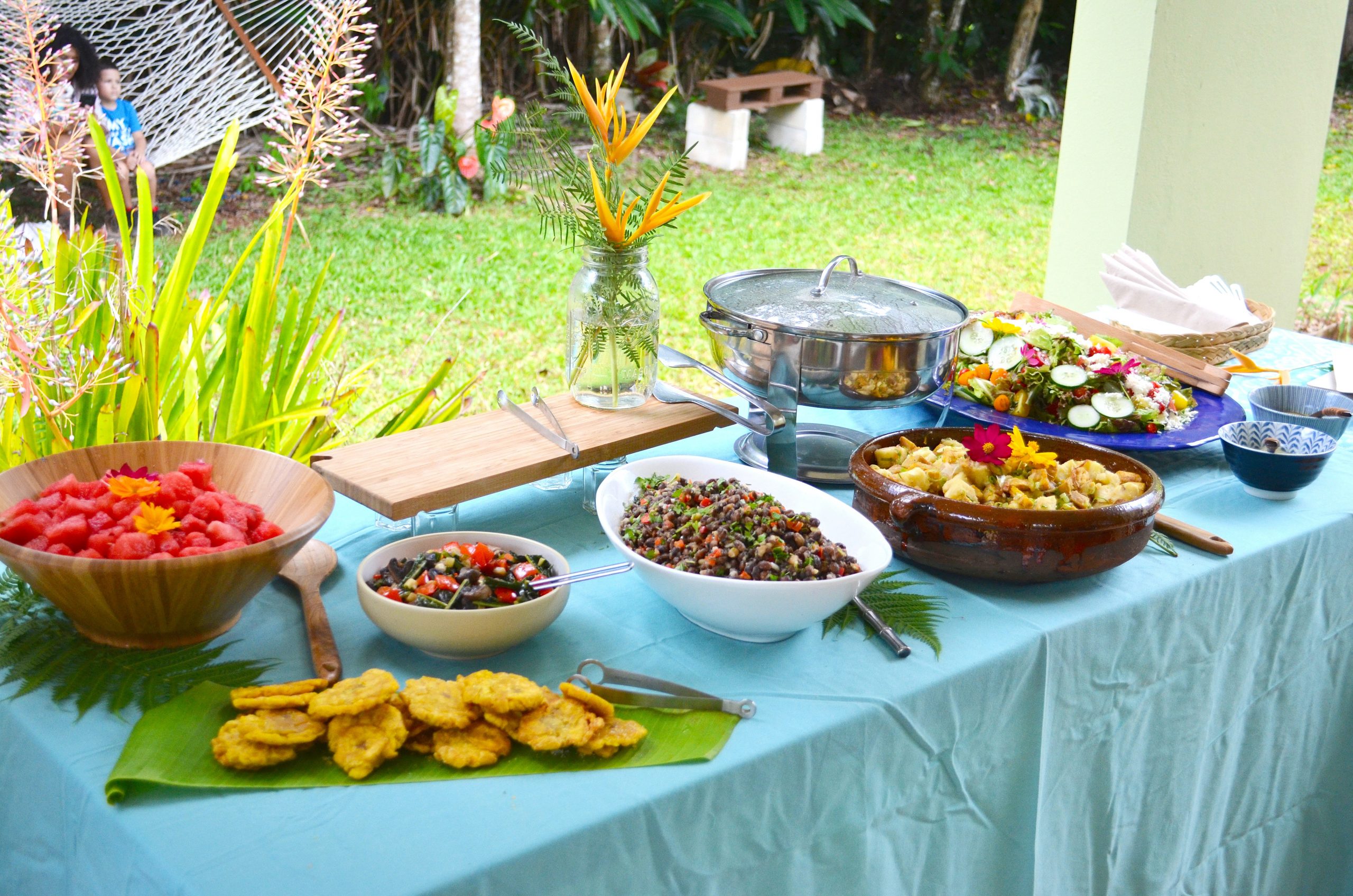
I attended Brooklyn’s Smorgasburg a few months after my trip to San Juan. My mind quickly sorted through stalls and dropped them into one of two categories “new” and “comfort.” We passed an Indian food stall, “new.” Then we passed the famed raindrop cake stall, “definitely new.” We passed burgers, mac and cheese, and pizza tents, “comfort.” We passed a tent which sold deep fried quail eggs on a stick, “yuck, new.” Lastly, we passed the final tent in the row, “Mofongo for Sale.” On that dreary day, a smile as warm as the Puerto Rican sun stretched across my face. I was thrilled when my mind instantaneously said, “Comfort. Definitely comfort.”
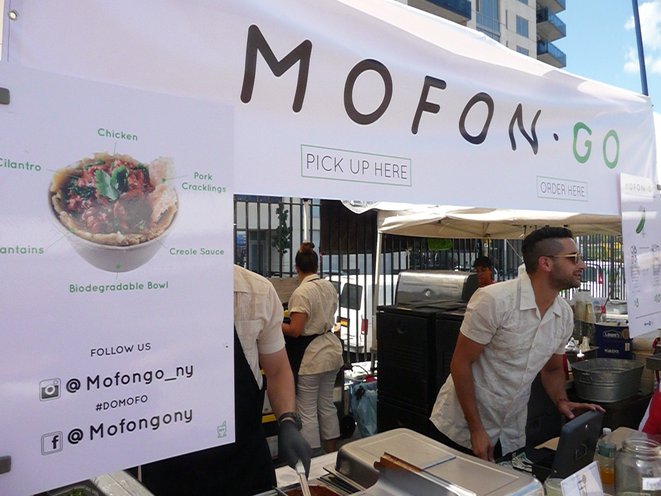
Courtesy: Gothamist
American Comfort Foods.
American comfort foods that every person in the US, new and old, should try:
- Greasy burgers (even if it’s a veggie burger)
- Macaroni & cheese (no substitutions allowed)
- Thanksgiving turkey (Even if it’s a cauli-turkey. It’s the principle, not the flavor that matters. For instance, we all know turkey is dry and sucks. But having family and friends sit around a giant bird in November is tradition. Whatever, listen, you just need to grab the biggest brick of whatever food you like and put it in the center of your table on Thanksgiving day and call it your turkey.)
- Mofongo. Definitely….mofongo
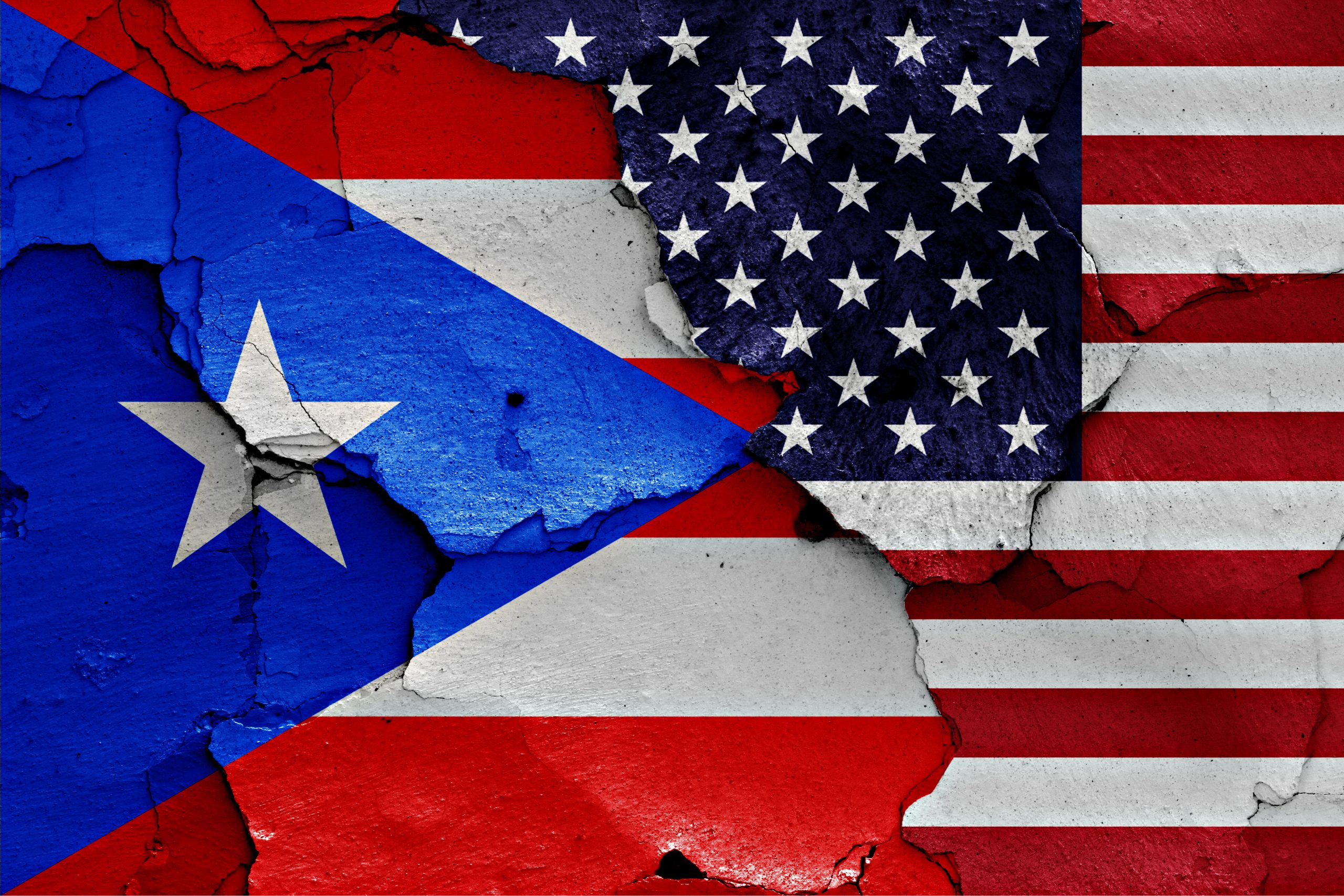


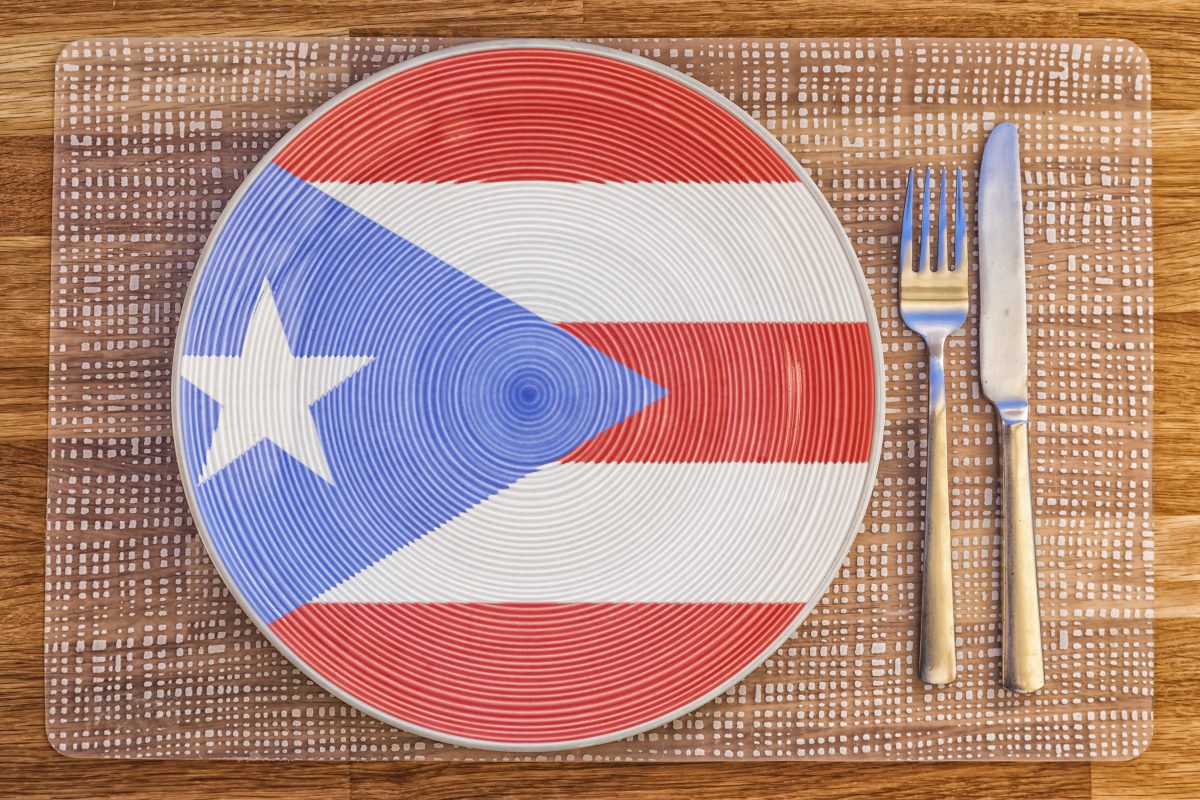

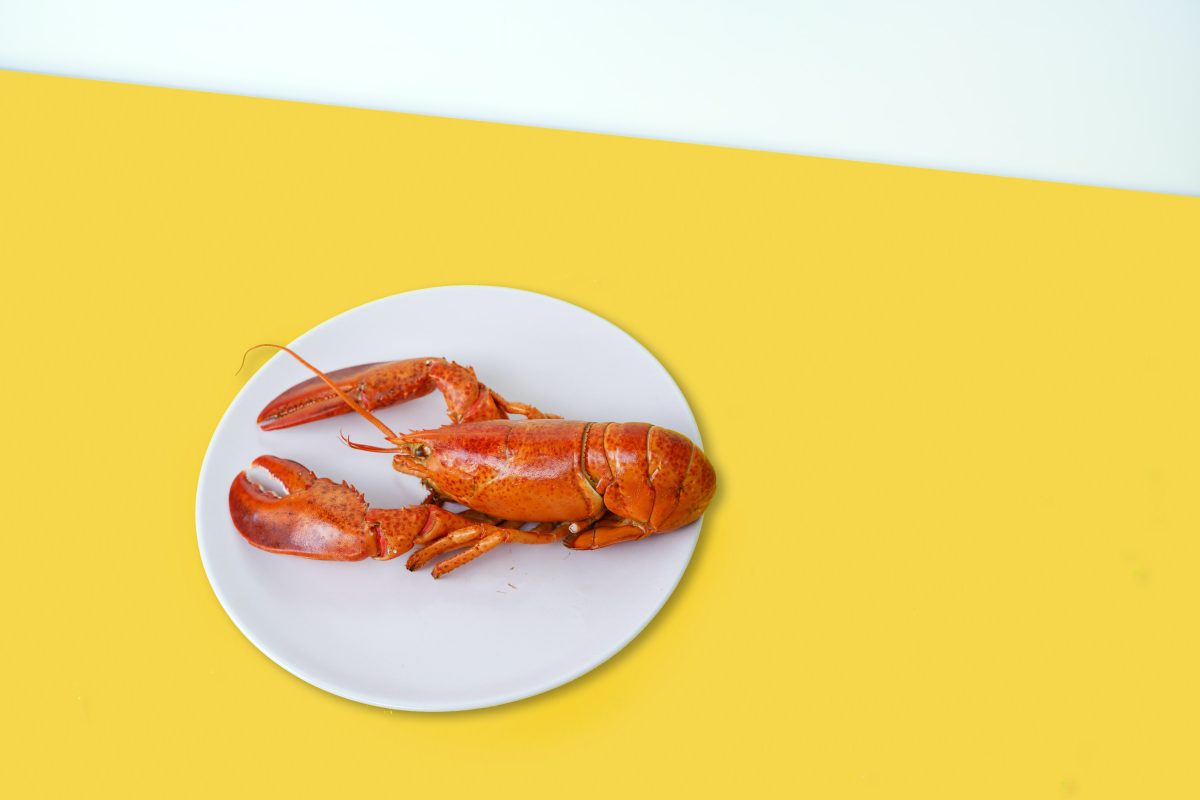
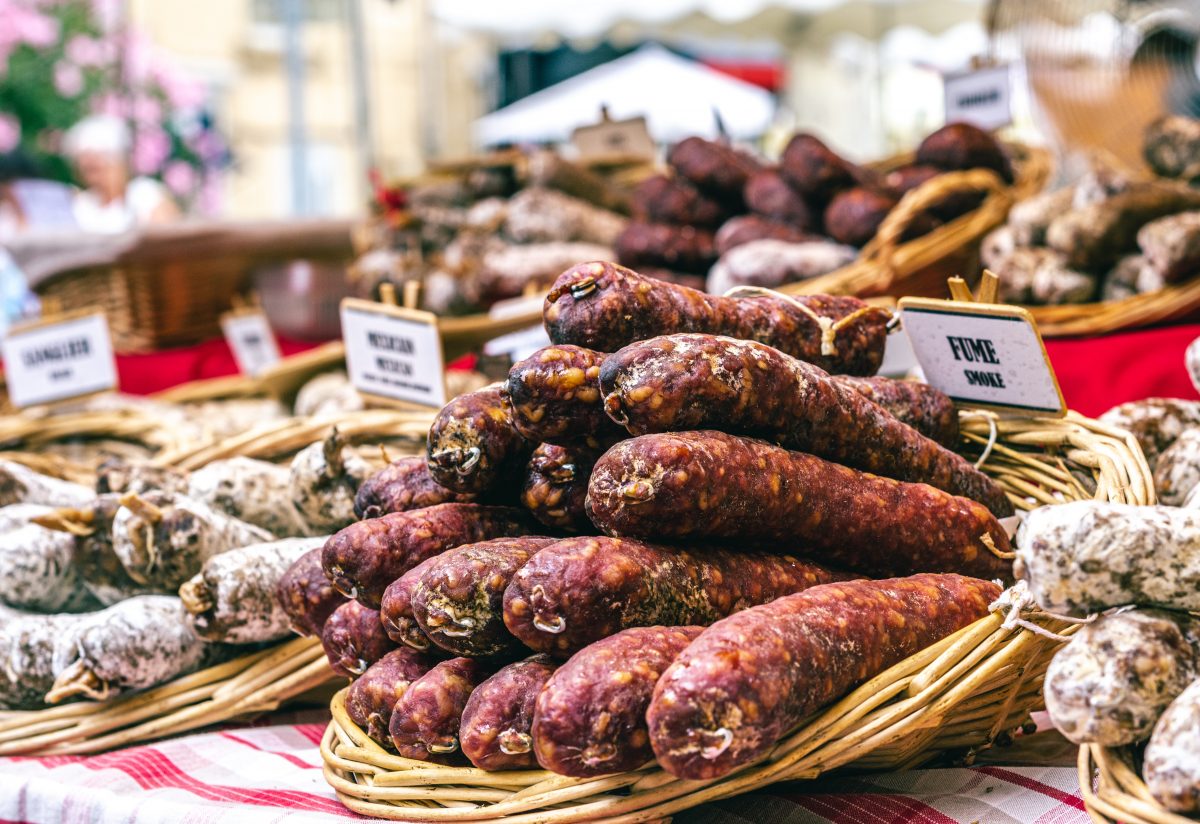
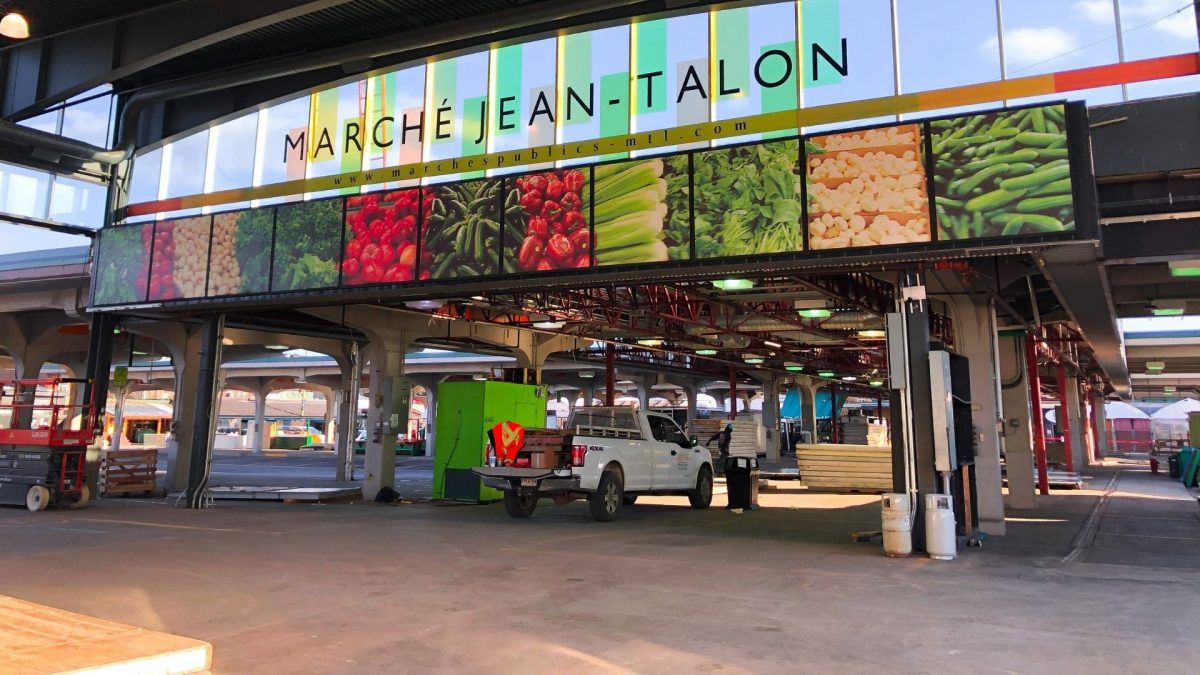
I really need to get some of that shrimp mofongo. I would also love going to La princesa for some drinks. I don\'t know about the place of the first piña colada though, as you said it seems too touristy. Quesitos sound delicious but I\'ll leave coffee for Central America.
ReplyVery interesting point! Honestly I often forget that Puerto Rico is part of the US. It always seems like it is it\'s own country. I also am one of those people that love all different international cuisines, but feel like other than BBQ and other southern dishes the US doesn\'t really have an \"American cuisine\". I have never heard of, much less had mofongo before. Your post definitely made me want to go out and try it now....I mean if it has lots of garlic it has to be good!
ReplyWe have visited Puerto Rico and never knew we needed to find a mofongo to try. And that we really needed to try the “real deal” in Puerto Rico. I would try piglet. The first time I ate from a whole roasted pig I was a convert. Good thing your mystery man helped you find the perfect spot to try it. But such a disappointment to find it closed. But you know where to head when you return!
ReplyOoo.... the quesitos and mofongos sound insanely delicious! And I love the idea of comfort food fused with Caribbean cuisine... delish! Plus getting to try Puerto Rican rum straight from the source would be awesome.
ReplyOkay stop… You’re making me drool all over my laptop for that delicious mofongo!!! Ughh reading this at 2am is seriously just torture. I haven’t tried much Puerto Rican food, but I do love a pina colada while on vacation. Bummer that you didn’t get to try the lechon asado!
ReplyOh gosh, I was not knowing that Puerto Rico is territory of USA. Good I read your post, but love to know that their comfort foods. The rum bar at La Princessa Gastropub looks very rustic and colorful. Would love to have those “original” pina coladas. Thanks for sharing some great information.
ReplyEven North Indians love to use a lot of garlic. I would like to remember mofongo for the truckload of garlic and of course it looks very tempting. I am glad to learn about Puerto Rico- the home of mofongo. I also love those eateries which are inspired by old recipes and which keep up to the heritage of a particular place. I can see Puerto Rico takes pride in traditional cooking. Quesito sounds very interesting. I would love to have the guava one.
ReplyI LOVED our trip to North India, Manjulika! The food was among the most incredible I've ever had!
Puerto Rico is still on my list. I love your post. So informative about culture and differences. The food looks fantastic, and the places you recommend are worth visiting for sure. I add them to my list. I would love to try monofogo with shrimp or meat. Quesitos for breakfast seems a perfect idea.
ReplyI keep forgetting that Puerto Rico is a part of USA. Reading this makes me realize how different it is from the regular impression I had of it. The food that you have showcased here is quite unusual and does make me drool. I suppose a few of these can be made vegetarian like the Quesitos. I sure would love to try Monofogo.
Reply